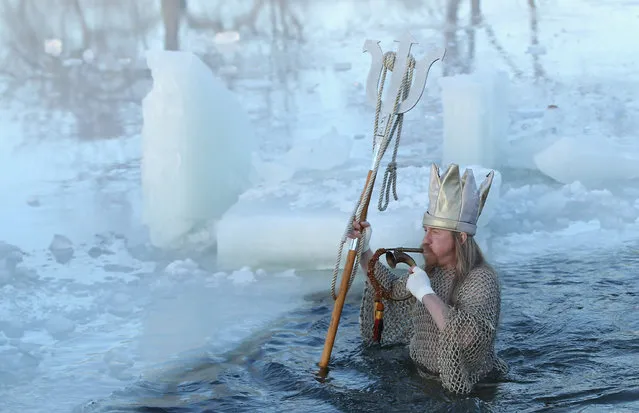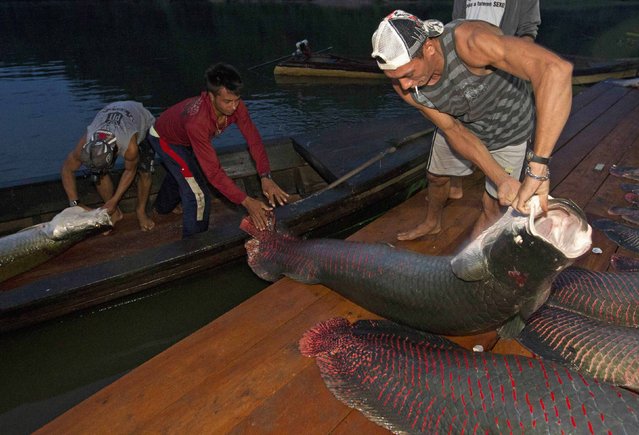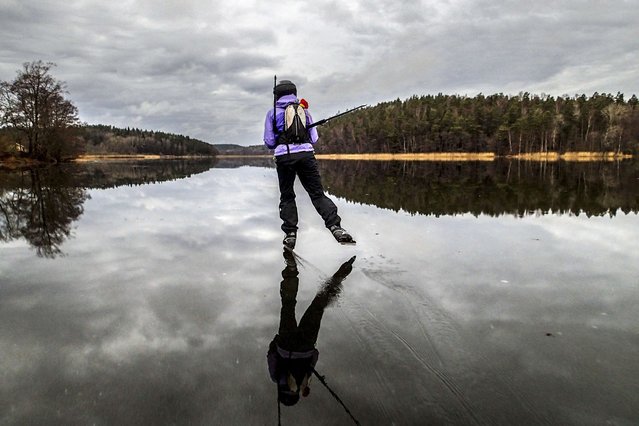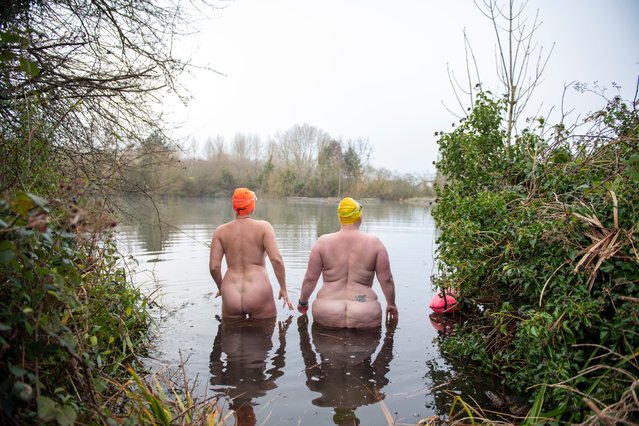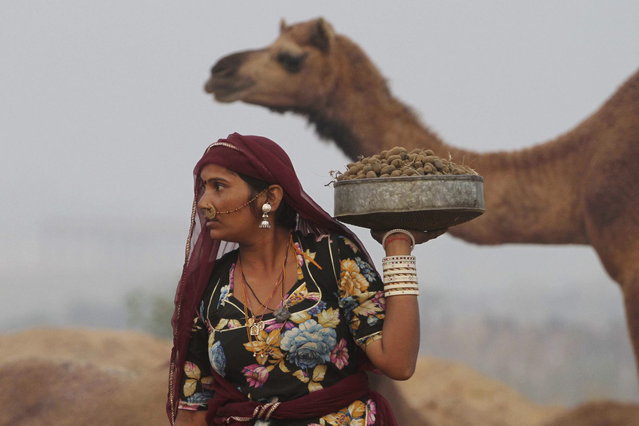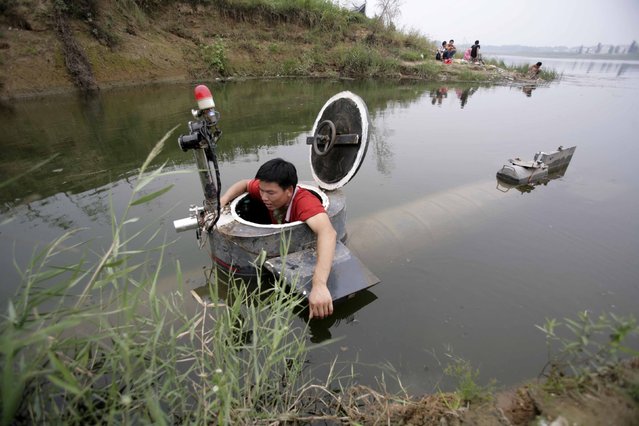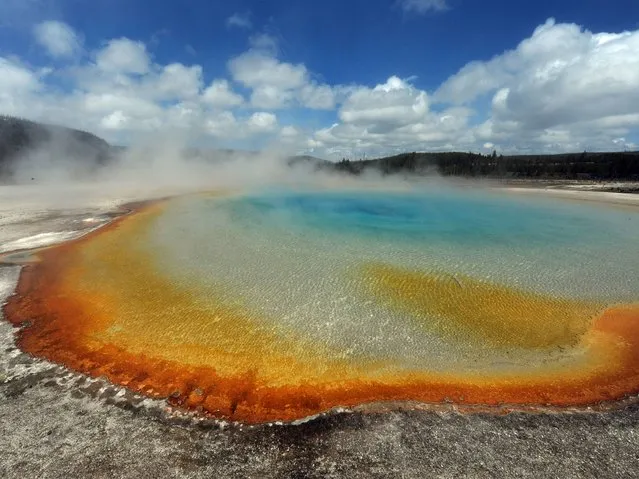
Children enjoy a sledge ride past ice swimming fans at the Zalew Zegrzynski lake in Nieporet, Poland, Sunday, February 25, 2018. A cold wave hit Poland with the temperature minus 8 degree Celsius (17.6 Fahrenheit) during the day and dropping to minus 16 degree Celsius (3.2 Fahrenheit) in the night in central Poland. (Photo by Alik Keplicz/AP Photo)
26 Feb 2018 08:11:00,post received
0 comments

